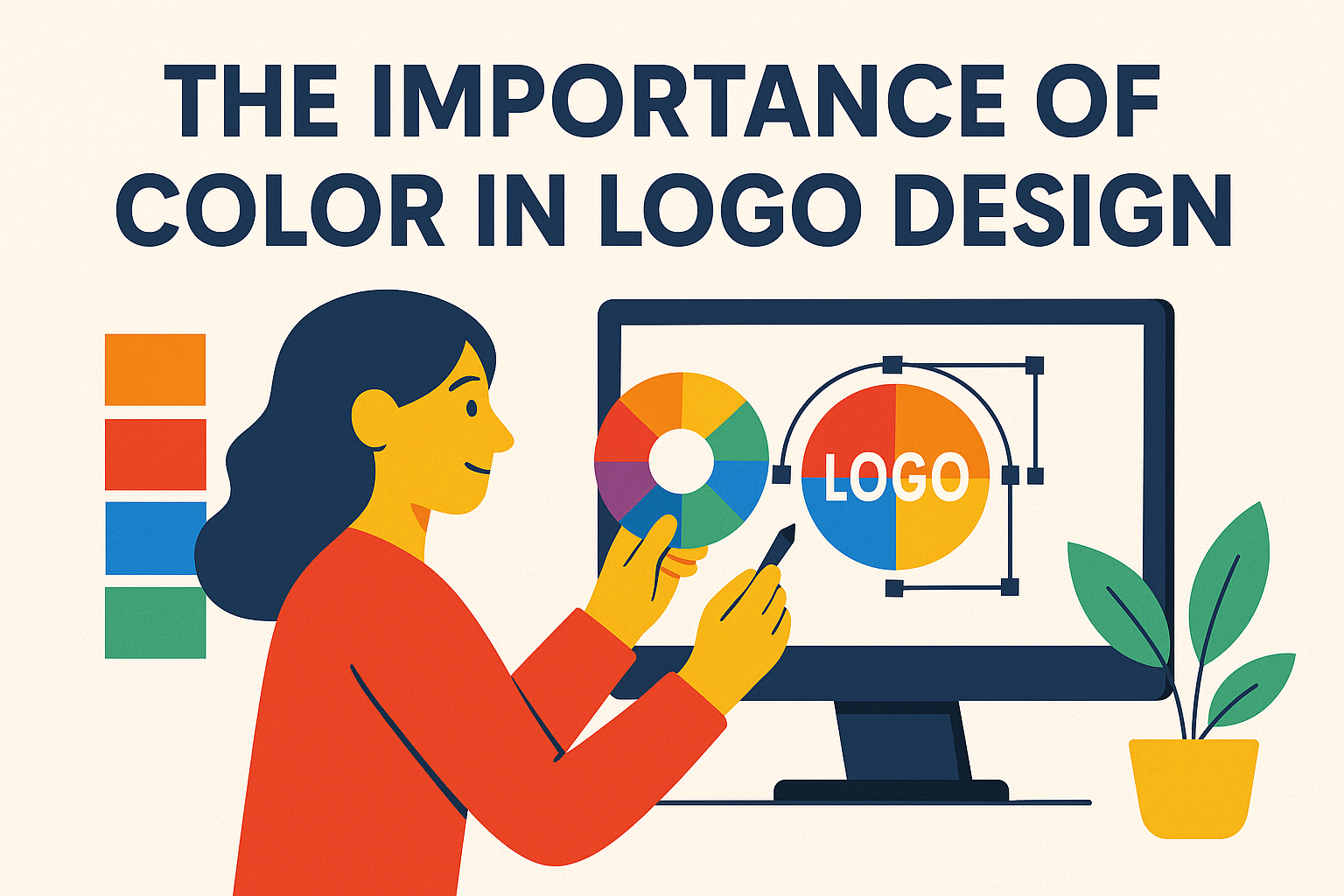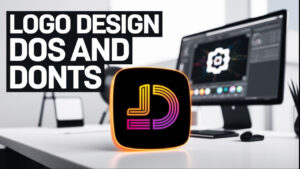The Importance of Color in Logo Design
Color is a crucial element in logo design. It influences how a brand is perceived and remembered. The right color can build recognition, evoke emotion, and communicate brand values instantly.
Companies often choose colors that reflect their mission. For example, eco-friendly brands favor green, while banks lean toward blue for trust.
Colors work as silent brand ambassadors. They impact first impressions before a single word is read.
In today’s crowded market, logos must stand out fast. Strategic color choices help achieve this.
Understanding color’s effect on perception is key to building a strong visual identity.
Why Color Matters in Branding
Color sets the tone for a brand. It creates emotional connections and drives recognition. Studies show that people make subconscious decisions within seconds of seeing a logo, color plays a big part.
For instance, red is exciting and bold. Blue is calming and dependable. These associations help users form instant opinions.
A consistent color palette across all branding materials boosts credibility. When customers see the same hues across a website, product, and packaging, they build familiarity. That consistency builds trust.
Color also affects visibility. Bright tones attract attention, while muted ones create a sophisticated feel.
Choosing brand colors isn’t just about aesthetics. It’s a strategic decision that influences customer behavior.
The Psychology Behind Logo Colors
Different colors trigger different emotions. Here’s a breakdown of how common logo colors influence perception.
Red: Energy and Passion
Red grabs attention. It suggests energy, excitement, and passion.
Brands like Coca-Cola, Netflix, and YouTube use red to create urgency and engagement. It stimulates appetite and emotion, making it popular for food and entertainment brands.
Use red to signal confidence and bold action. But use it carefully, it can also signal danger if overused.
Blue: Trust and Stability
Blue is the most widely used color in corporate logos. It represents reliability, calm, and professionalism.
Tech companies like Dell, Facebook, and IBM use blue to inspire confidence. It’s ideal for industries where security and trust matter.
Blue is a safe bet for financial, legal, or tech brands.
Green: Growth and Harmony
Green signals nature, health, and balance. It’s perfect for eco-friendly, wellness, or organic brands.
Whole Foods, Animal Planet, and Spotify use green to communicate freshness and vitality.
Green also promotes relaxation, making it ideal for brands promoting calm or renewal.
Yellow: Optimism and Clarity
Yellow conveys cheerfulness and energy. It stands out, even from a distance.
Brands like McDonald’s and Snapchat use yellow to project friendliness and positivity.
However, too much yellow can be overwhelming. Use it to highlight, not dominate.
Black and White: Simplicity and Versatility
Black is modern and elegant. White is clean and neutral. Together, they create timeless designs.
Luxury brands like Chanel and Nike use black and white for sleek sophistication.
These colors work across various backgrounds and media. They also add contrast to color-heavy designs.
Choosing the Right Color for Your Brand
Start by understanding your audience and values. What emotion do you want your brand to evoke?
Match color choices with brand personality. A bold startup may choose orange or red, while a luxury brand might lean toward black or gold.
Use color psychology as a guide, but test combinations for real-world impact.
Create a brand color palette with primary and secondary colors. Ensure they work in full color, black and white, and grayscale.
Always check accessibility. High contrast improves readability for everyone.
Test your logo across devices and backgrounds to ensure clarity.
Common Mistakes to Avoid When Selecting Logo Colors
- Ignoring Color Psychology: Picking a color based only on personal preference can weaken brand alignment.
- Using Too Many Colors: Overloading your palette can create visual confusion. Stick to 2–3 main colors.
- Poor Contrast: Light-on-light or dark-on-dark combinations can make logos hard to read.
- Neglecting Cultural Context: Colors mean different things in different cultures. Red may mean luck in one culture but danger in another.
- Not Testing: A color that looks good on-screen may not work in print or signage. Always test before finalizing.
Final Thoughts on Color and Logo Effectiveness
Color isn’t just decoration, it’s strategy. The right hues enhance recognition, evoke emotion, and help define brand identity.
Strong logo colors support long-term branding success. They should work in harmony with shape, typography, and message.
Make color choice a deliberate step in your logo design process. Doing so ensures your brand stands out and connects with the right audience.





